Agricultural drones are transforming farming, but operating them commercially requires navigating a complex licensing process. This guide breaks down the steps to meet federal and state requirements, ensuring legal compliance, safety, and business credibility.
Key Steps for Licensing Agricultural Drones:
- FAA Part 107 Remote Pilot Certificate: Study for 8–15 hours, pass a $175 test, and renew every 24 months.
- Drone Registration: Heavier drones (over 55 lbs) require paper-based FAA Part 47 registration.
- Class 3 Medical Certificate: Costs $70–$170; valid for 24–60 months based on age.
- FAA 44807 Exemption: For drones exceeding 55 lbs, submit detailed safety and operational documents.
- FAA Part 137 Certificate: Essential for applying chemicals; requires operational demonstrations and thorough records.
- State Pesticide Licensing: Complete CORE and AERIAL certifications, often through one-day university programs.
Why Licensing Matters:
- Avoid legal penalties and ensure insurance coverage.
- Gain essential safety knowledge for handling drones and chemicals.
- Build trust with clients and secure better contracts.
For those overwhelmed by the process, companies like NuWay Ag offer services to handle documentation, training, and equipment needs, simplifying compliance so you can focus on growing your business.
Licensing requirements to operate an agricultural drone
Step-by-Step Guide to Drone Licensing Requirements
Navigating the licensing process for agricultural drone operations can feel daunting at first, but breaking it down into clear steps makes it much easier to manage. Here's a detailed guide to help you through each stage.
FAA Part 107 Remote Pilot Certificate
The Part 107 certificate is the starting point for all commercial drone operations. This certification confirms your ability to operate drones in compliance with federal regulations.
To earn your Part 107 certificate, you'll need to study topics like airspace rules, weather, flight operations, and emergency procedures. While the FAA offers free study materials, many find structured courses more effective for grasping the material. Plan to study for 8–15 hours before taking the exam.
The test itself includes 60 multiple-choice questions, and you’ll need a score of at least 70% to pass. The exam fee is $175, and you’ll take it at an FAA-approved testing center, often located at regional airports. Be sure to bring valid identification and arrive early, as these centers have strict proctoring guidelines.
Once you pass, the FAA will issue a temporary certificate within a few business days, followed by your permanent certificate in a few weeks. The Part 107 certificate is valid for 24 months, after which you’ll need to complete a training course or retake the exam to renew it.
After obtaining your Part 107 certificate, the next step is registering your agricultural drone under FAA Part 47 requirements.
Drone Registration for Agricultural Drones
If your agricultural drone weighs more than 55 pounds, you’ll need to follow a different registration process than for smaller consumer drones. The online FAA DroneZone system isn’t an option for these heavier drones.
Instead, you’ll need to complete a paper-based registration under FAA Part 47, which assigns your drone an "N Number." To qualify, you must be a U.S. citizen, a permanent resident, or represent an eligible U.S. entity.
This process involves downloading, filling out, and mailing the required forms along with a fee. You’ll need to provide details about your drone, such as its make, model, serial number, and intended use. Processing can take several weeks, so plan accordingly. Until registration is complete, your drone cannot be legally used for commercial purposes.
Keep your registration documents on hand during all operations, as FAA inspectors may request them during checks or investigations.
FAA Class 3 Medical Certificate
A Class 3 Medical Certificate is another key requirement. This exam ensures you’re physically fit to operate drones safely. You’ll need to schedule an appointment with an FAA-approved medical examiner, and the exam costs $70–$170, depending on the provider.
The certificate is valid for 60 months if you’re under 40 years old and 24 months if you’re over 40. It’s a good idea to schedule your exam early in the process, as there may be waiting lists, especially in rural areas where FAA-authorized doctors are less common.
FAA 44807 Exemption
For agricultural drones that exceed 55 pounds, the FAA 44807 Exemption is essential. This exemption allows you to legally operate drones that surpass the weight limit set by the Part 107 certificate - a common scenario for drones loaded with agricultural chemicals.
Applying for this exemption requires comprehensive documentation. You’ll need to submit safety assessments, operational procedures, maintenance plans, and equipment specifications. The goal is to demonstrate that your operations can be conducted safely despite the increased weight.
Be prepared to provide risk assessments, safety system details, emergency response plans, and proof of insurance. You’ll also need to show that your equipment meets specific performance standards and that your procedures minimize risks to people and property.
The review process can take several months, as each application is evaluated individually. The FAA may request additional information or clarification, especially for complex applications. Once approved, your exemption will include specific operational limitations, such as restrictions on flight altitude, weather conditions, or proximity to populated areas. Violating these conditions can result in losing the exemption.
FAA Part 137 Agricultural Aircraft Operator Certificate
If you plan to apply agricultural chemicals like pesticides or fertilizers, you’ll need a Part 137 certificate. This certification is only available after securing your 44807 Exemption and registering your agricultural drones.
To qualify, you’ll need to demonstrate expertise in agricultural aviation safety and chemical handling. This includes understanding proper application techniques, environmental protection measures, and emergency response protocols for chemical spills or equipment issues.
The FAA may also require operational demonstrations. These involve showing your ability to safely conduct agricultural flights under various conditions, often with FAA inspectors observing your procedures at your operational base.
Part 137 certification comes with ongoing responsibilities, including regular safety inspections, detailed maintenance records, and operational reporting. You’ll need to log all chemical applications, noting the types and quantities of materials used, weather conditions, and any incidents or irregularities.
State Pesticide Licensing
In addition to federal certifications, most states require separate licenses for aerial application of agricultural chemicals. These state licenses ensure compliance with local regulations and environmental standards.
You’ll typically need both CORE and AERIAL certifications. The CORE license covers general pesticide knowledge, including chemical properties, environmental impacts, and safety protocols. The AERIAL license focuses on application techniques and rules for airborne chemical use.
Many states offer one-day courses through universities, where you can study and take both exams in one session. These courses cover state-specific regulations, local environmental concerns, and practical application methods tailored to your region’s crops and climate.
Study materials often include guidelines on restricted-use pesticides, buffer zones, weather requirements, and record-keeping. Some states also require continuing education to maintain your licenses. Many states also allow reciprocation to and from surrounding states.
The licensing process usually involves written exams, with passing scores typically set at 70% or higher. Plan to complete your state licensing after obtaining federal certifications, as some states require proof of FAA authorization before issuing pesticide licenses. State license processing is generally quicker than federal approvals, often taking just a few weeks after passing the exams.
Key Regulatory Requirements for Agricultural Drone Operations
Requirements for Drones Over 55 lbs
If your agricultural drone weighs 55 lbs or more, the FAA mandates registration under 14 CFR Part 47, which involves a paper-based process. This rule emphasizes the importance of safety and proper documentation, especially for drones carrying larger payloads, such as chemicals, that could pose higher risks. For operators of heavy-duty agricultural drones, understanding and adhering to these requirements is essential, as they often come with additional exemptions and compliance obligations to ensure safe and accountable use.
sbb-itb-3415cd9
How NuWay Ag Simplifies Drone Licensing and Compliance
NuWay Ag takes the hassle out of agricultural drone licensing by offering a full-service solution that handles everything from paperwork to operational support. By managing the complicated licensing process and providing expert guidance, NuWay Ag ensures that agricultural drone operators can focus on their work without getting bogged down by regulatory hurdles. Here's how their tailored services align with every step of the licensing process.
White Glove Licensing and Compliance Assistance
For most agricultural drone operators, the real challenge isn't learning how to fly a drone - it's navigating the overwhelming maze of FAA regulations and documentation. NuWay Ag's Licensing Program takes care of the entire process, including filing critical documents like N number registration, Part 137 and 44807 exemptions. This approach minimizes the risk of errors that can lead to costly delays.
With dedicated support, operators get clear answers to questions about medical certificate requirements, finding testing facilities, and meeting state-specific pesticide licensing rules. This step-by-step guidance ensures you're never left guessing about what needs to be done next or worrying about missing a crucial requirement.
The service also prevents common mistakes that can derail your business plans. Filing errors or incomplete documentation can result in rejection letters, forcing you to restart the process and lose valuable time. With NuWay Ag's professional oversight, these setbacks are virtually eliminated, keeping your business timeline on track.
Training and Equipment Packages for Licensing Success
Beyond paperwork, having the right equipment and adequate training is essential for staying compliant. NuWay Ag offers comprehensive equipment packages designed to meet FAA licensing standards while supporting the operational needs of commercial agricultural work.
For instance, the DJI T50 Complete Generator Kit ($29,999) includes everything you need: a drone, generator, batteries, cooling station, and regulatory training. This training covers both how to operate the equipment effectively and how to comply with safety and regulatory standards.
DJI-Certified Repair and Maintenance Services
Keeping your equipment in top shape is critical for maintaining compliance. As a DJI Certified Service Center, NuWay Ag provides repair and maintenance services to ensure your drones meet regulatory standards throughout their operational lifespan.
Factory-trained technicians use genuine DJI parts and approved procedures to handle repairs, so you don’t have to rely on generic repair shops that may not fully understand the complexities of agricultural spray drones. This ensures your equipment remains compliant, even after service.
The service center also maintains a well-stocked inventory of parts, minimizing downtime when repairs are needed. This is especially crucial during peak spraying seasons, where delays can lead to significant revenue losses and missed contractual obligations.
NuWay Ag also offers preventive maintenance programs designed to catch potential issues before they become problems. Regular inspections and servicing help keep your equipment operating safely within the parameters required by your Part 137 certificate and other regulatory approvals. This proactive approach not only protects your investment but also ensures your FAA compliance remains intact.
Choosing the Right Agricultural Drone for Licensing Requirements
When it comes to agricultural drones, their specifications directly influence how you navigate licensing and regulations. The drone you choose not only impacts compliance but also affects costs and the scalability of your operations.
Comparison of DJI Agricultural Drone Models
DJI offers three key agricultural drone models, each with its own licensing requirements. Understanding these differences is crucial for selecting a drone that aligns with your business goals and regulatory needs.
| Model | Weight | Payload Capacity | Key Licensing Requirements | Price Range |
|---|---|---|---|---|
| DJI T50 | Over 55 lbs | 40L tank capacity | Part 107, 44807 Exemption, Part 137, Class 3 Medical, State Pesticide License | $19,999 - $32,999 |
| Talos T60X | Over 55 lbs | 60L tank capacity | Part 107, 44807 Exemption, Part 137, Class 3 Medical, State Pesticide License | $20,999 - $35,595 |
| DJI T100 | Over 55 lbs | 100L tank capacity | Part 107, 44807 Exemption, Part 137, Class 3 Medical, State Pesticide License | Pricing Coming Soon (Late 2026) |
The T50 is an excellent starting point for operators new to agricultural drones. A user friendly option perfect for new users to get started with this technology. This makes it a quicker and easier option for getting your operations off the ground.
The T60X, on the other hand, comes with a larger payload and the ability to handle bigger jobs with fewer refills. This allows for quicker applications compared to the T50, since it has a larger payload capacity.
The T100, which has launched and will be in the states soon, features the largest payload capacity. It’s designed for large-scale commercial operations but comes with the same licensing requirements as the T50 and T60X. Operators will also need to manage the added complexity of operating a much larger and more powerful drone.
Each model offers unique advantages, and understanding these distinctions is critical for balancing operational needs with regulatory compliance.
How Drone Features Affect Licensing and Compliance
As shown in the table, a drone’s weight and payload capacity significantly influence licensing requirements. However, additional features can also shape your compliance obligations.
Weight classification is the main factor driving licensing complexity. Drones under 55 pounds fall under standard Part 107 rules, while heavier models require extra documentation, including medical certificates and exemptions. It’s important to remember that the total weight includes the payload, so even a lighter drone can exceed the 55-pound limit when fully loaded.
Payload capacity plays a dual role. While larger tanks improve efficiency by reducing the need for refills, they also increase safety risks. This is why Part 137 certification includes training on handling agricultural chemicals, as well as emergency procedures and spill containment protocols.
Flight range and autonomy are other critical considerations. Drones with extended flight capabilities often require Beyond Visual Line of Sight (BVLOS) exemptions. While these features can expand your service area, they add another layer of regulatory complexity.
Spraying system sophistication introduces additional compliance requirements under Part 137. Advanced systems with GPS-guided application rates and automated spraying patterns demand specialized training to ensure safe and effective operation, particularly when using restricted-use pesticides.
Maintenance requirements also vary by model. Heavier and more complex drones require more frequent inspections and detailed maintenance records, which are mandated under Part 137 certification.
Ultimately, your choice of drone will depend on how you balance operational efficiency with regulatory demands. For new operators, the T50 offers a straightforward path to market entry. As your business grows, you might find it worthwhile to invest in larger models like the T60X, which provide greater scalability for large-scale operations.
Conclusion: Simplifying Agricultural Drone Licensing with NuWay Ag
Key Takeaways from the Licensing Process
Navigating agricultural drone licensing involves six essential steps that cover both federal and state requirements. These steps include obtaining your Part 107 Remote Pilot Certificate, registering drones over 55 pounds, securing a Class 3 Medical Certificate, applying for the 44807 Exemption for heavier drones, acquiring the Part 137 Agricultural Aircraft Operator Certificate, and completing state pesticide licensing.
The most challenging aspects are the Part 137 and state pesticide certifications, which are necessary for aerial chemical applications and demand thorough documentation and training.
Understanding these complexities is just the start. That’s where NuWay Ag steps in, offering full support to guide you through every stage.
How NuWay Ag Supports Your Drone Business
NuWay Ag takes the headache out of the licensing process by providing comprehensive, step-by-step support. Their Regulation Licensing Support package handles the most demanding FAA requirements for you, including:
- Filing your 44807 Exemption
- Completing your N Number Registration with the FAA
- Securing your Part 137 Agricultural Aircraft Operator Certificate
In addition to these services, NuWay Ag offers guidance for all other certifications. They help you find the right training courses for your Part 107 certificate, connect you with FAA-approved doctors for your Class 3 Medical Certificate, and point you toward efficient university programs for state pesticide licensing.
NuWay Ag doesn’t stop at licensing. They also provide equipment packages that meet regulatory standards. For example:
- The DJI T50 Complete Generator Kit costs $29,999 and is designed for operations under 55 pounds.
- The T60X Complete Generator Kit, priced at $35,595, offers a higher payload capacity.
Both packages come with free one-on-one coaching to help you understand regulatory requirements and streamline your business operations.
As a DJI Certified Service Center, NuWay Ag also handles ongoing maintenance and repairs, ensuring your equipment stays compliant with Part 137 regulations. Their all-in-one approach allows you to focus on expanding your business without getting bogged down by complex licensing requirements. NuWay Ag makes drone licensing manageable, so you can concentrate on growing your success.
FAQs
What challenges should agricultural drone operators expect during the licensing process?
Agricultural drone licensing involves navigating a maze of certifications, including Part 107, the 44807 exemption, and Part 137. Each comes with its own set of steps and detailed documentation, which can make the process feel daunting and time-consuming for operators.
On top of that, there are added hurdles like scheduling FAA-approved medical exams, registering drones that weigh over 55 pounds, and securing a state pesticide license - requirements that vary depending on where you operate. The high upfront costs for training, equipment, and filing fees can also be a significant barrier for those just getting started. That said, with the right resources and support, these challenges don’t have to be insurmountable.
How does NuWay Ag make it easier for agricultural drone operators to meet FAA compliance requirements?
NuWay Ag simplifies FAA compliance by handling everything for you - drone registration, exemption applications, and certifications. With their expertise, there's no need to wrestle with complicated regulations on your own.
By trusting NuWay Ag, you save time, avoid unnecessary stress, and ensure everything is done correctly. This allows you to concentrate on growing your business while they take care of keeping you fully compliant with FAA requirements.


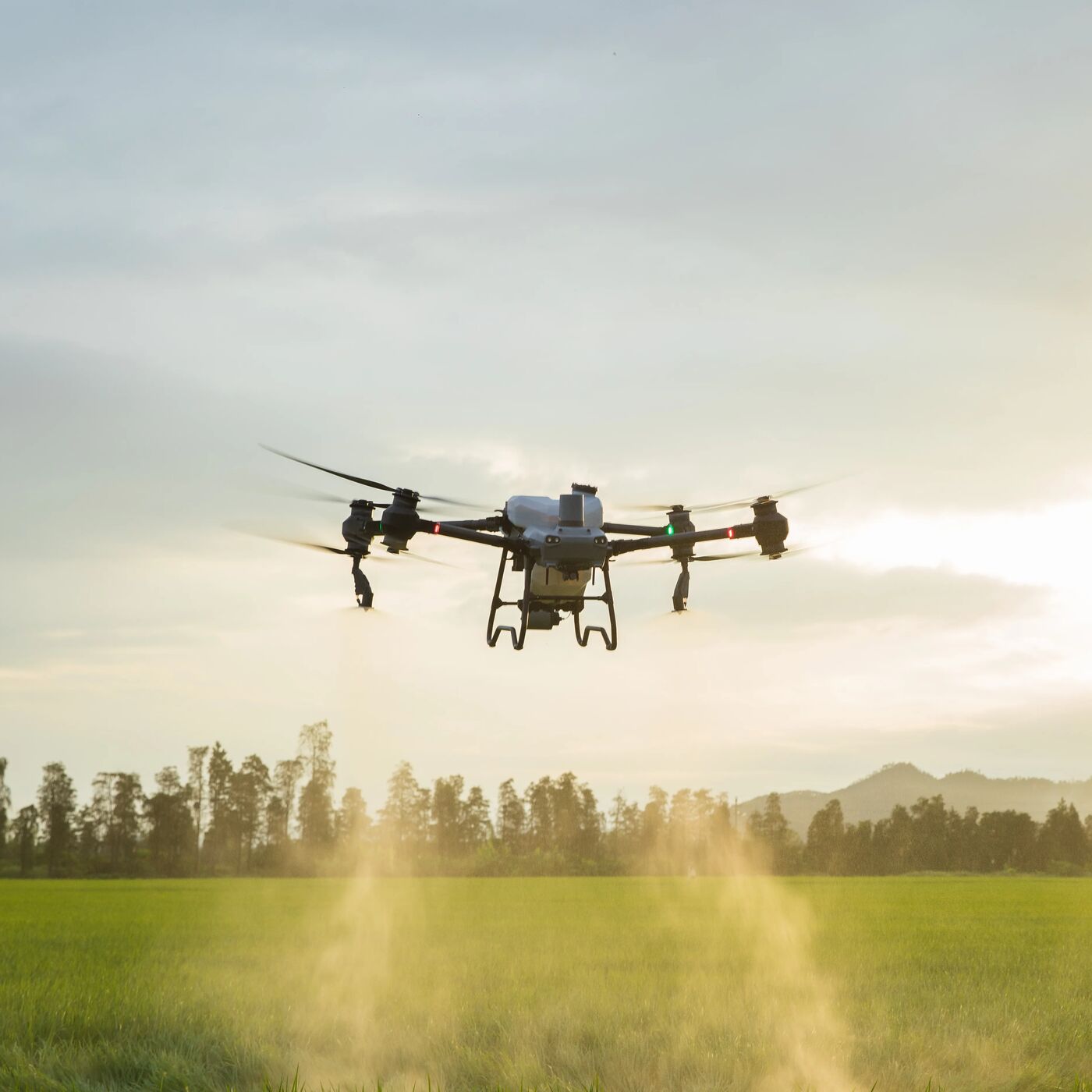
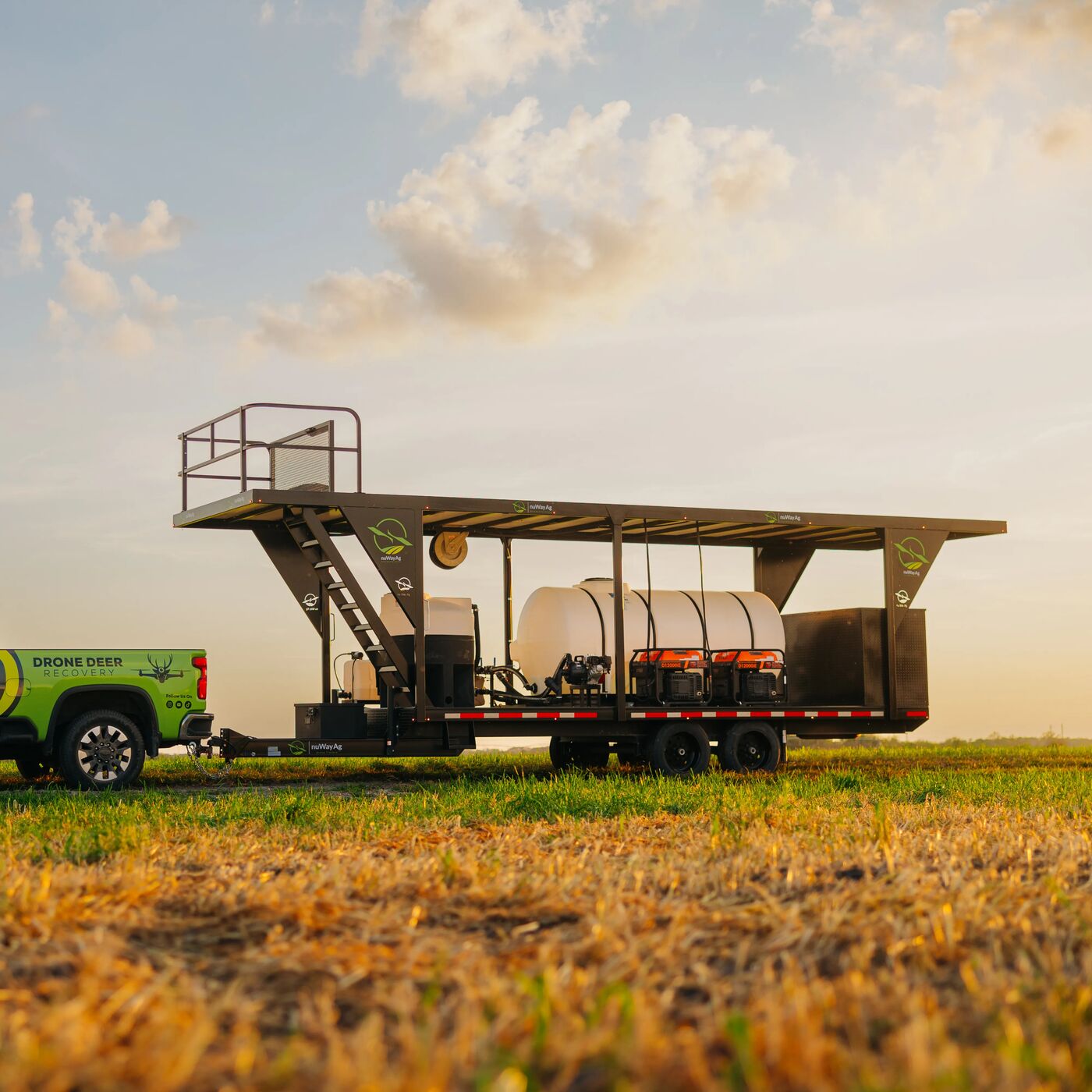
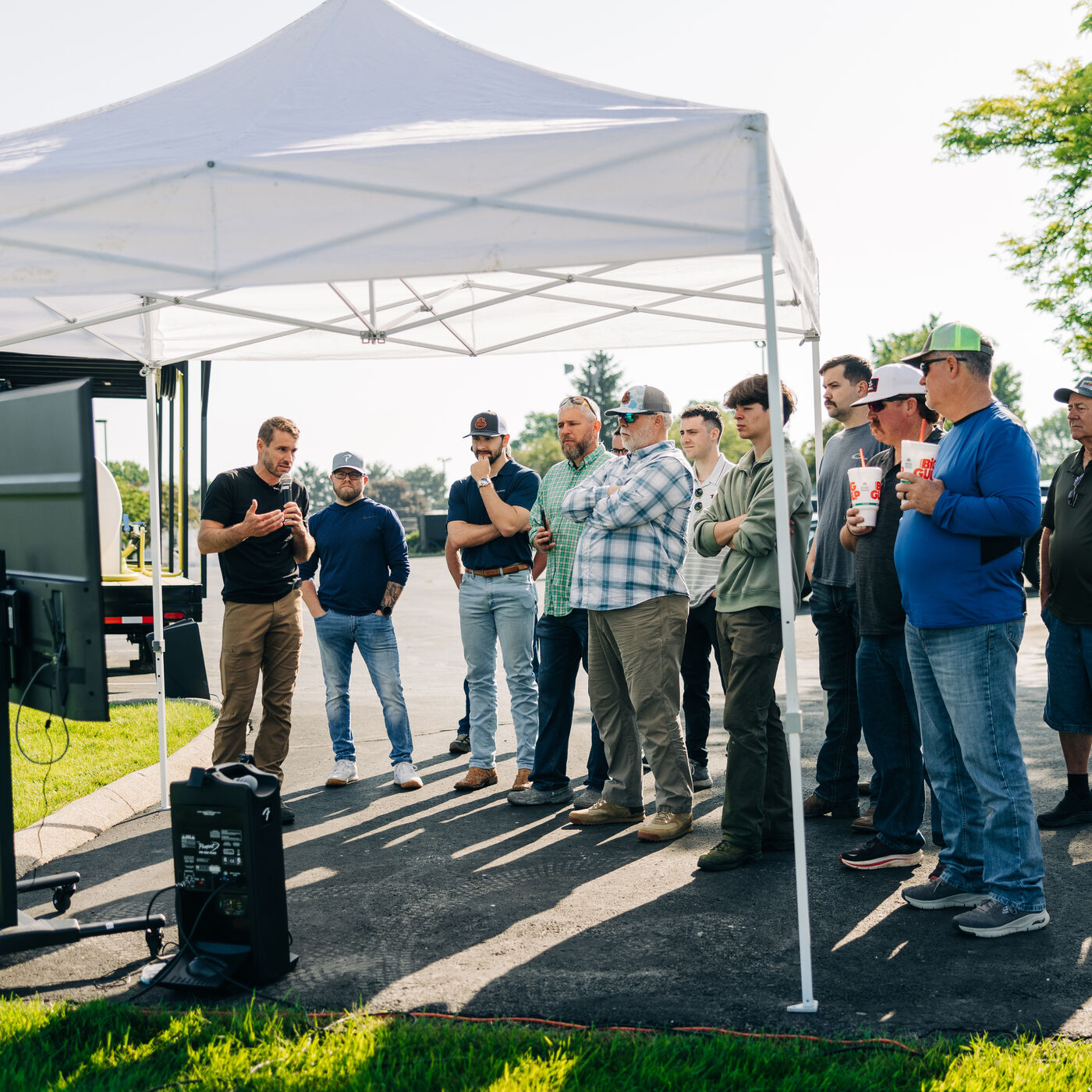
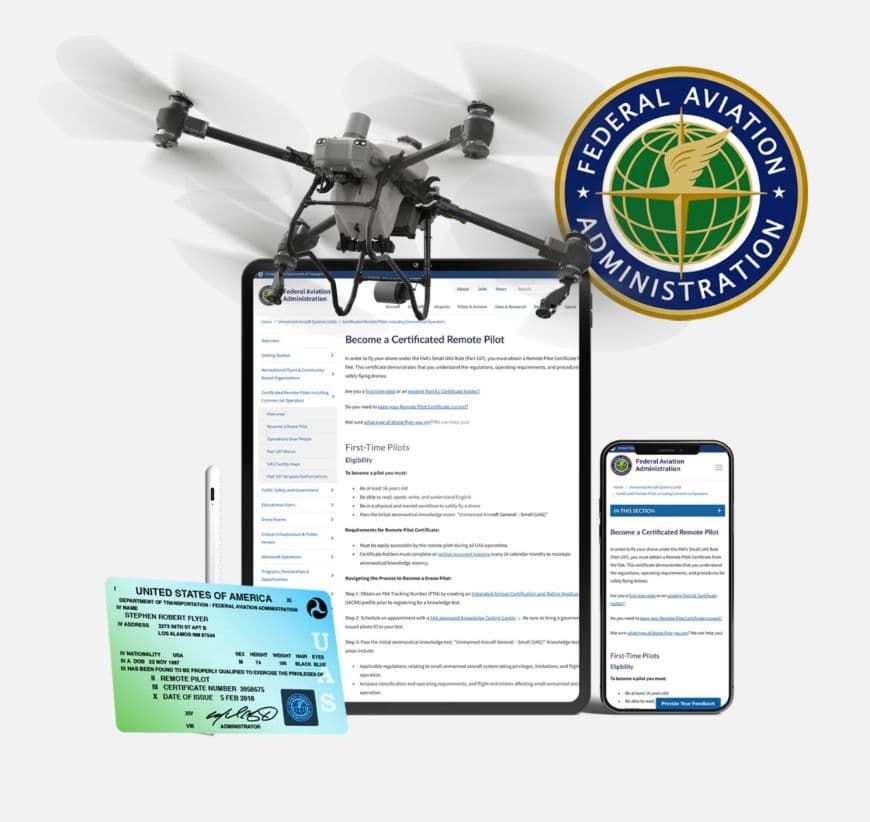
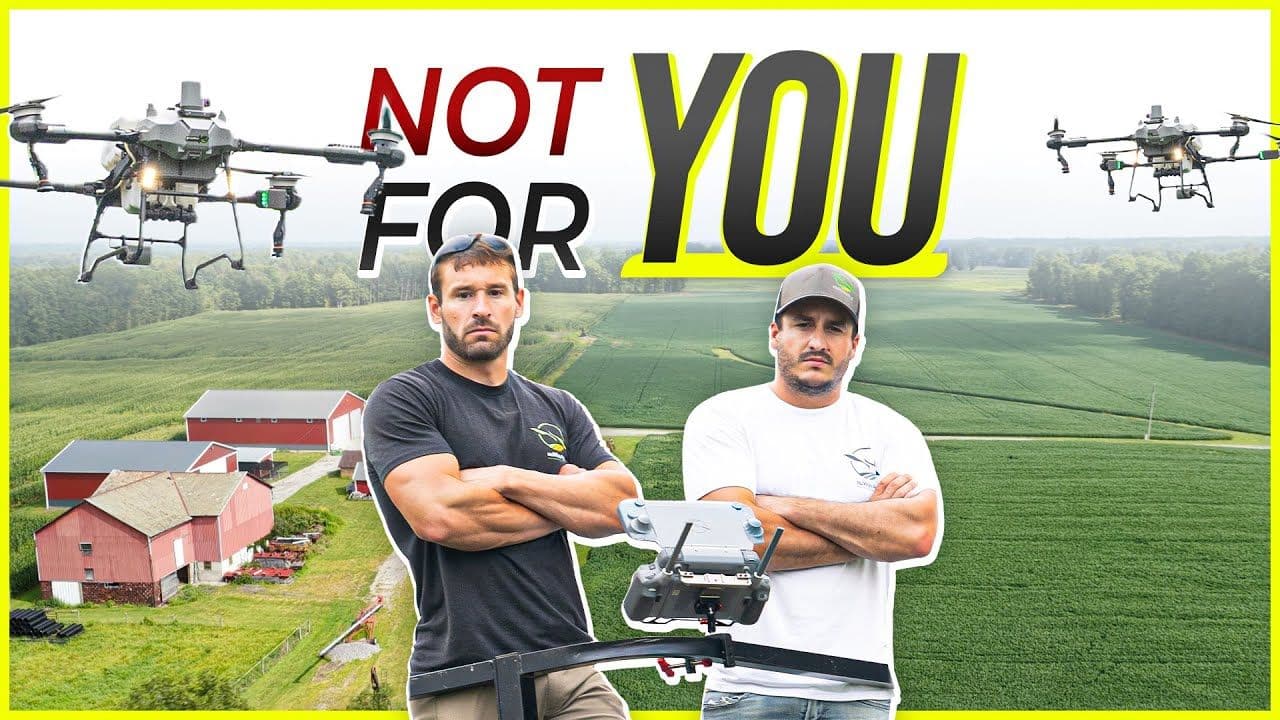
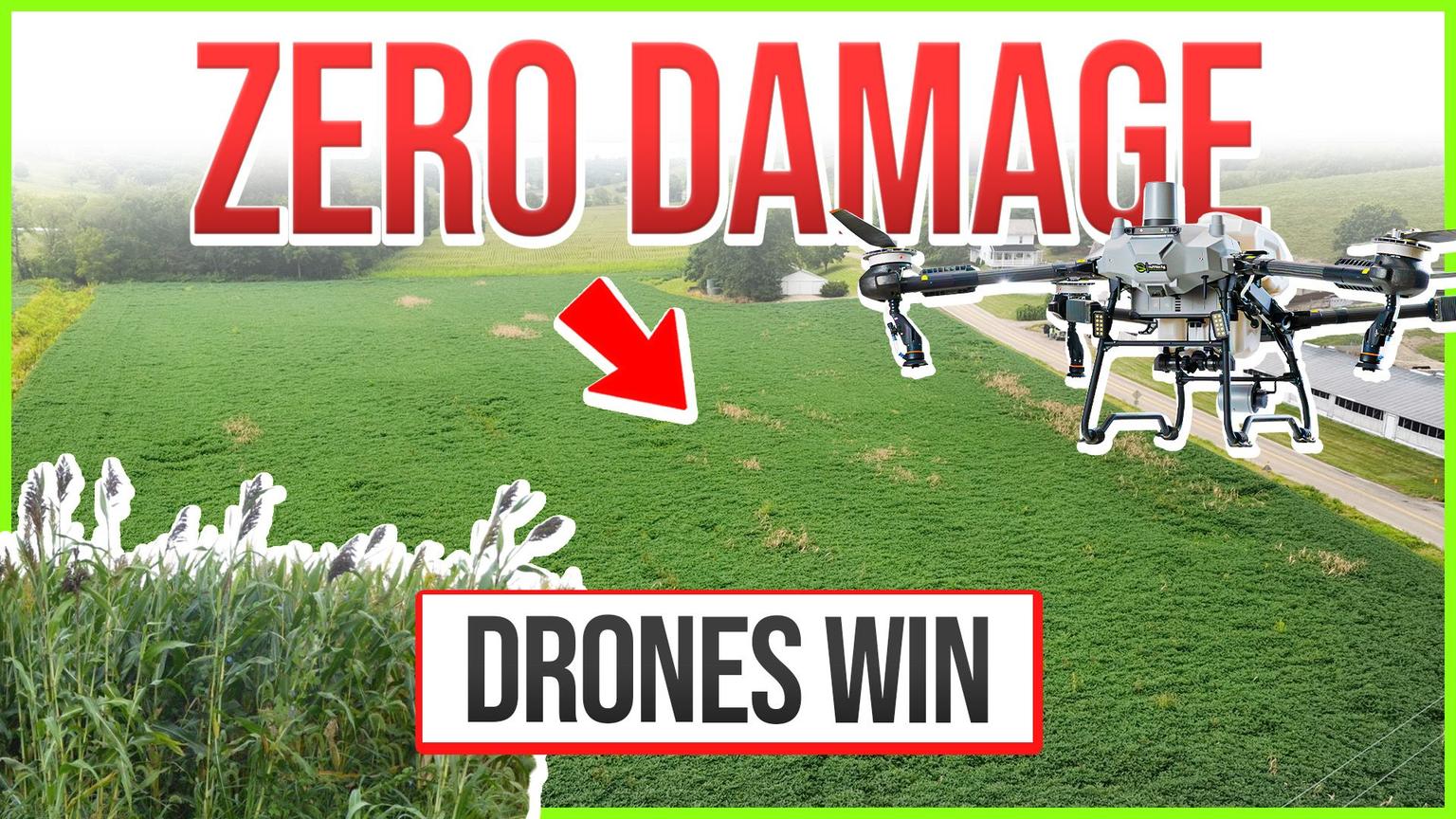
Leave a comment
This site is protected by hCaptcha and the hCaptcha Privacy Policy and Terms of Service apply.